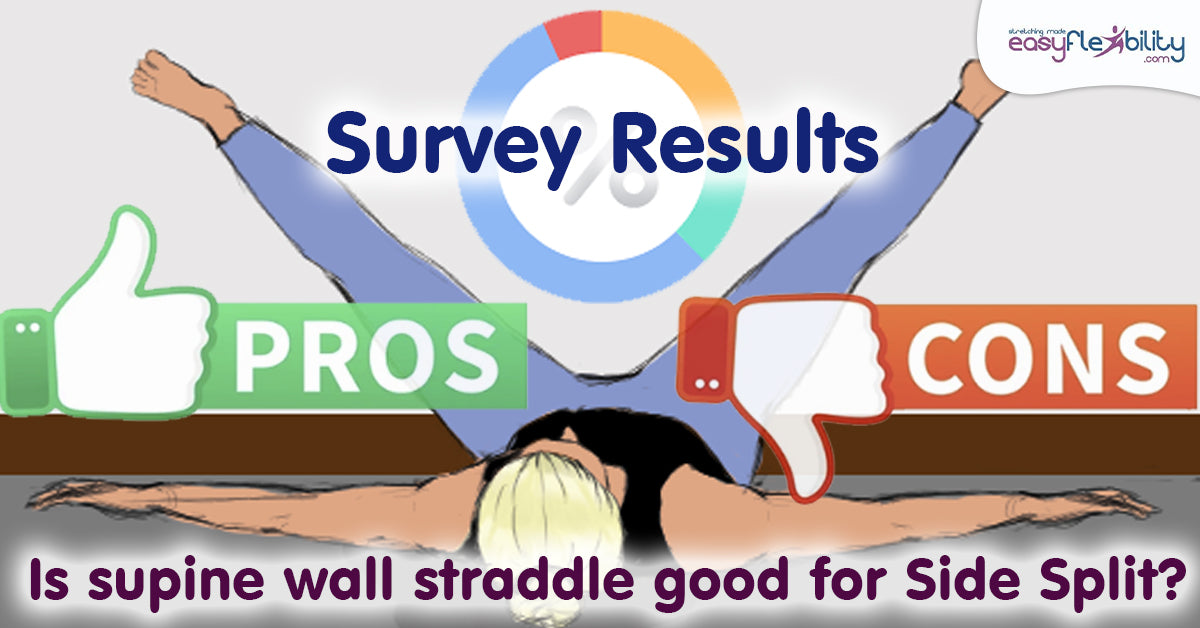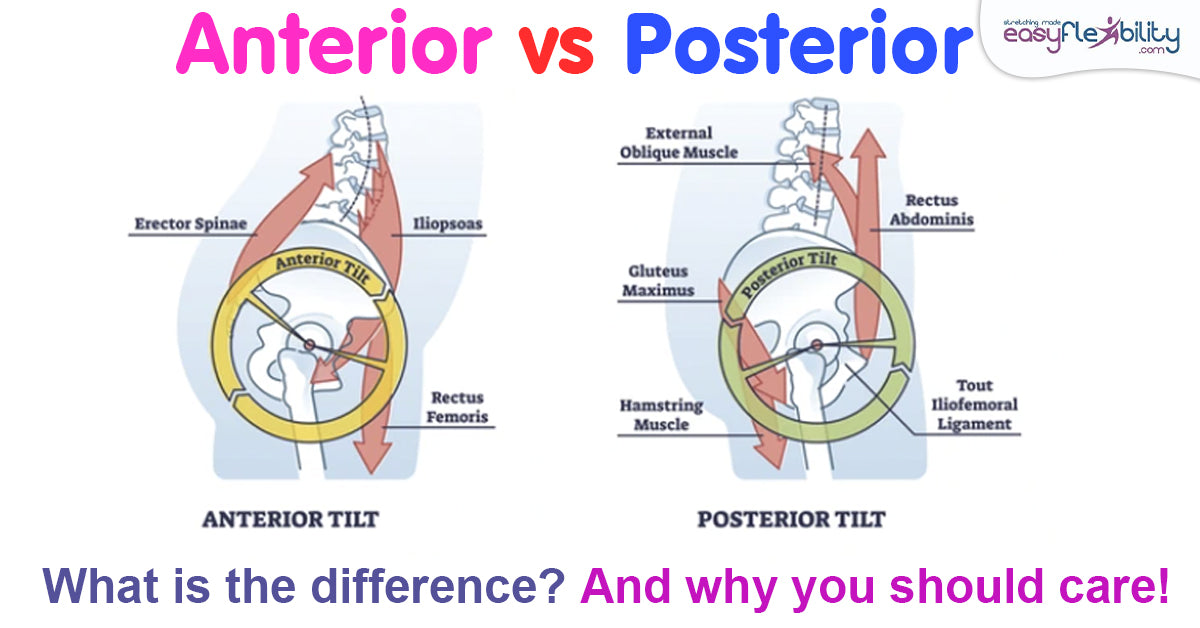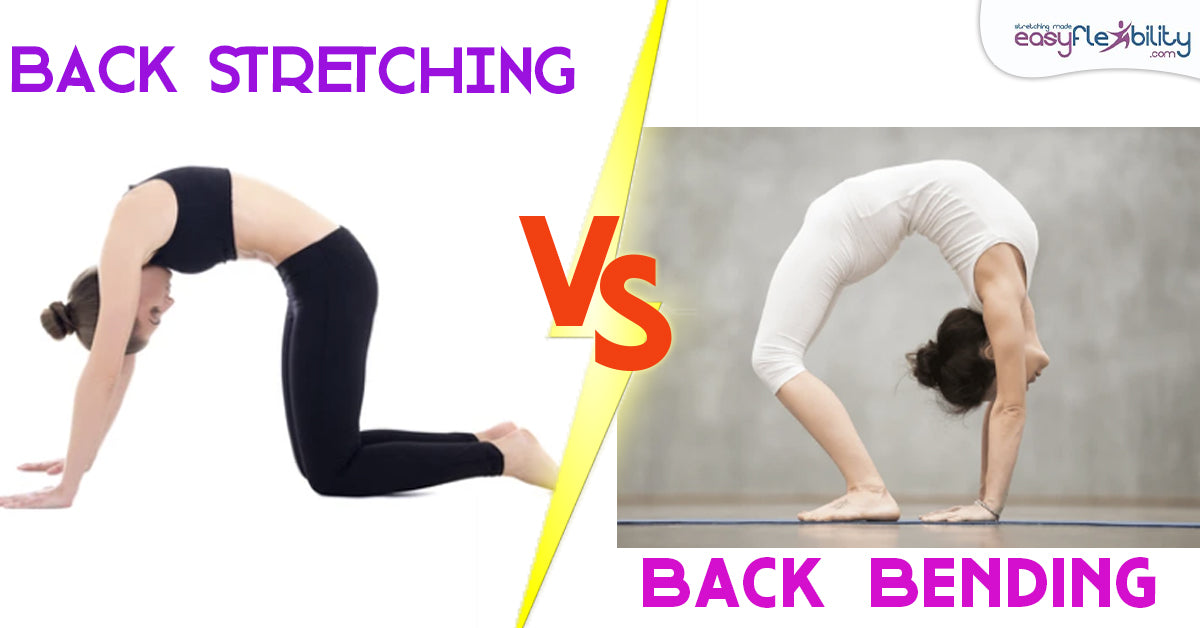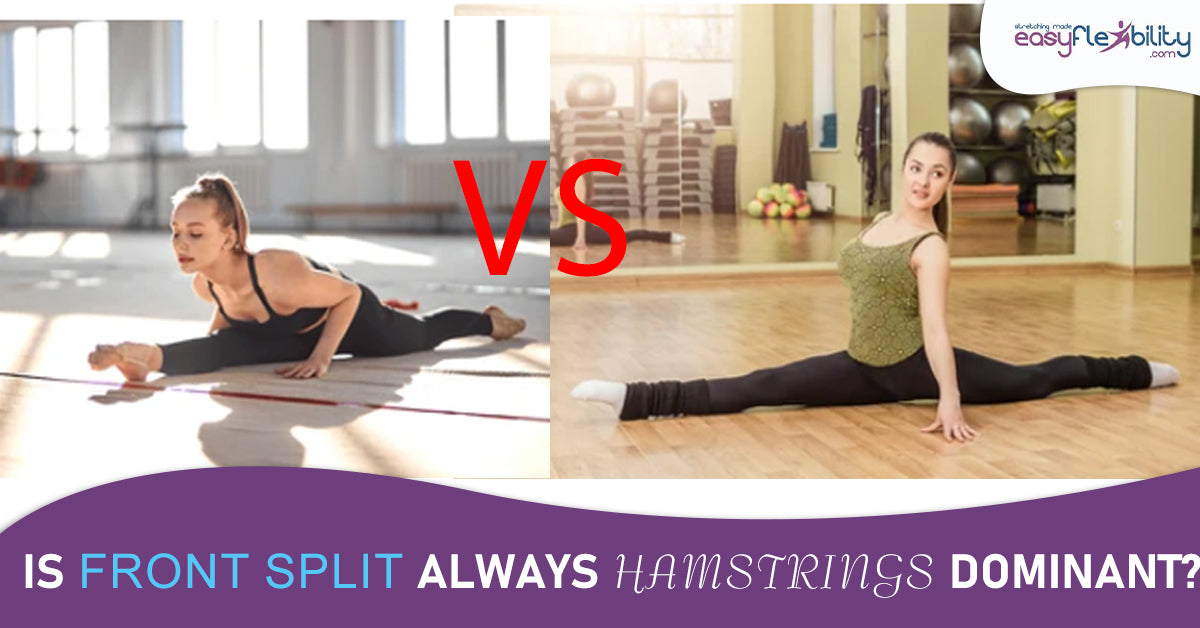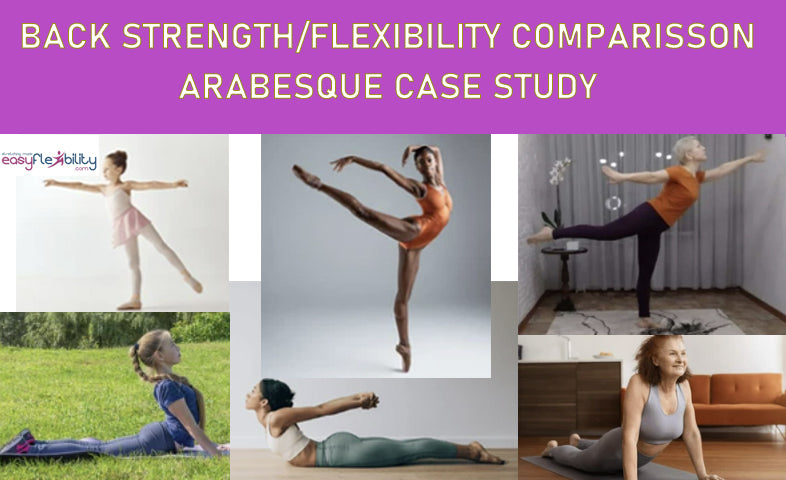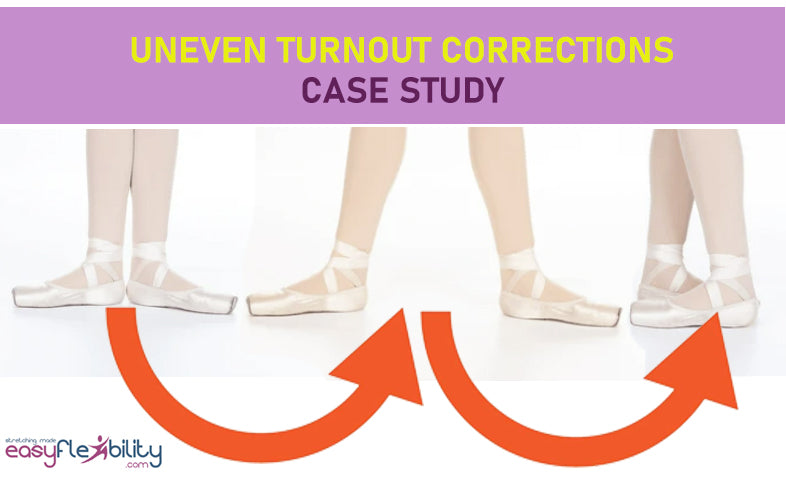What Can Make Us Tight Can Also Make Us Flexible
Posted by Paul Zaichik on
The principle that makes us very tight can also make us very flexible. All we must do is reverse it.

Our Natural Range
To understand this principle I have to ask you to imagine an alternative universe.
Imagine that everything we use is attached to the ceiling. Our computers, books, food, everything is high up by the ceiling. Our natural range of motion in the shoulders is when arms are vertical, and directly overhead. We do everything up there. The shoulders and other muscles that are responsible for overhead movement are very tight from constant use.
If we try to bring the arms down from over head position, they only come down to parallel line, and after long stretching. In other words, you arms are at your shoulder level only after intense stretching session.
So how come our arms our shoulder joints allow us to be freely overhead, in this imaginary scenario?
The Answer
The answer is simple, we function there. We have control there, we have strength there.
So, if our goal (in our present universe) is to have the arms completely vertical, we need to do stuff in this range. We can’t simply stretch and then leave it. It does not work that way.
Does This Apply to All the Joints?
We talked about the shoulder position so far. However the same concept applies to every joint and every muscle.
There is only one condition. Before you can move or develop strength in the range you want to be in, you need to “Get” into that range first. This is where stretching comes in.
Stretching is NOT Enough
The main point of this article is to understand that the two concepts work together. You can’t develop strength and control in the area, unless you can get into that area first. And if you simply do the stretches and don’t use that range, you won’t keep it.
The later concept is exemplified by people who stretch consistently. These people get a little more flexible after the warm up. However, they can’t retain that flexibility and keep starting in the same place each time. It also does not matter how flexible you get after the warm up.
ZST Back In The Day
When I used ZST only, I was able to get people to become more flexible after the warm up than they were every before. A straddle (side split) would go from 90 to 150, instead of 90 to 120 for example, as it would with regular stretches. But at the start of the next session, again back to 90.
Flexibility Retention Techniques Discovered
What made a difference in flexibility retention was using strength and movement exercises to secure the ranges. When armed with these techniques, then clear and exact measured progress began to occur.
Even few degrees per training session, is still progress. Now the next session would start at 92 and end with 152 or 94 and end with 154 or more, depending on the student.
When Are You Going to Reach Your Goal?
The great part of this was the fact that I could now answer a simple question, that I could not answer before. A question that no teacher could answer before. “When am I going to reach my goal?”
Today this question can be answered. The easiest way to approximate the date when you will reach your target goal is with free app called Stretch180.
![]()
For Android devices click here.
Feel the difference between Zaichik Stretching Method and standard stretches
Get your EasyFlexibility Training Certification and gain access to a full and detailed Kinesiological explanation for every muscle in the human body. All of our Zaichik Stretching techniques are specific to individual muscles, focusing on their primary actions.
This seminar is applicable to any sport or physical activity with lessons arranged along the basic positions commonly used to group muscle actions, thus the lessons are divided into exercises to improve:
- Back bending.
- Forward bending.
- Lateral bending.
- Overhead arm movement (shoulder flexion).
- Shoulder and wrist extension.
Plus a lesson on methodology, the science of Zaichik Stretching, and possible variations and modalities to each exercise.
What we are offering to you is a proper method:
- A map that will guide you step by step till you reach your goal.
- It will give you the necessary preparation so that you don't get injured.
- It will adjust to your own particular needs the moment you start training and on the way when you "hit a plateau", and when you are almost there to give you that extra thrust.
- It will tell you what to do so you keep the progress you obtain in a training session.
- It will develop your flexibility and strength at the same time so the new flexibility range you acquire will be functional and applicable to leg lifts, kicks, jumping splits sort of techniques, dance, gymnastics, yoga, cheerleading, martial arts techniques and so on.
- It will guarantee that you reach your goal safely in a timely manner.
Check out what other customers are saying about the EasyFlexibility Training Certification!
© ElasticSteel Corp., EasyFlexibility, Paul Zaichik, et. El., 2022. No part of the materials available through ElasticSteel.com, EasyFlexiiblity.com, site may be copied, photocopied, reproduced, translated or reduced to any electronic medium or machine-readable form, in whole or in part, without prior written consent of Paul Zaichik EasyFlexibility.com, Elasticsteel.com.. Any other reproduction in any form without the permission of Paul Zaichik EasyFlexibility.com, Elasticsteel.com is prohibited. All materials contained on this site are protected by United States copyright law and may not be reproduced, distributed, transmitted, displayed, published or broadcast without the prior written permission of Paul Zaichik, EasyFlexibility.com, Elasticsteel.com.
Share this post
0 comment





